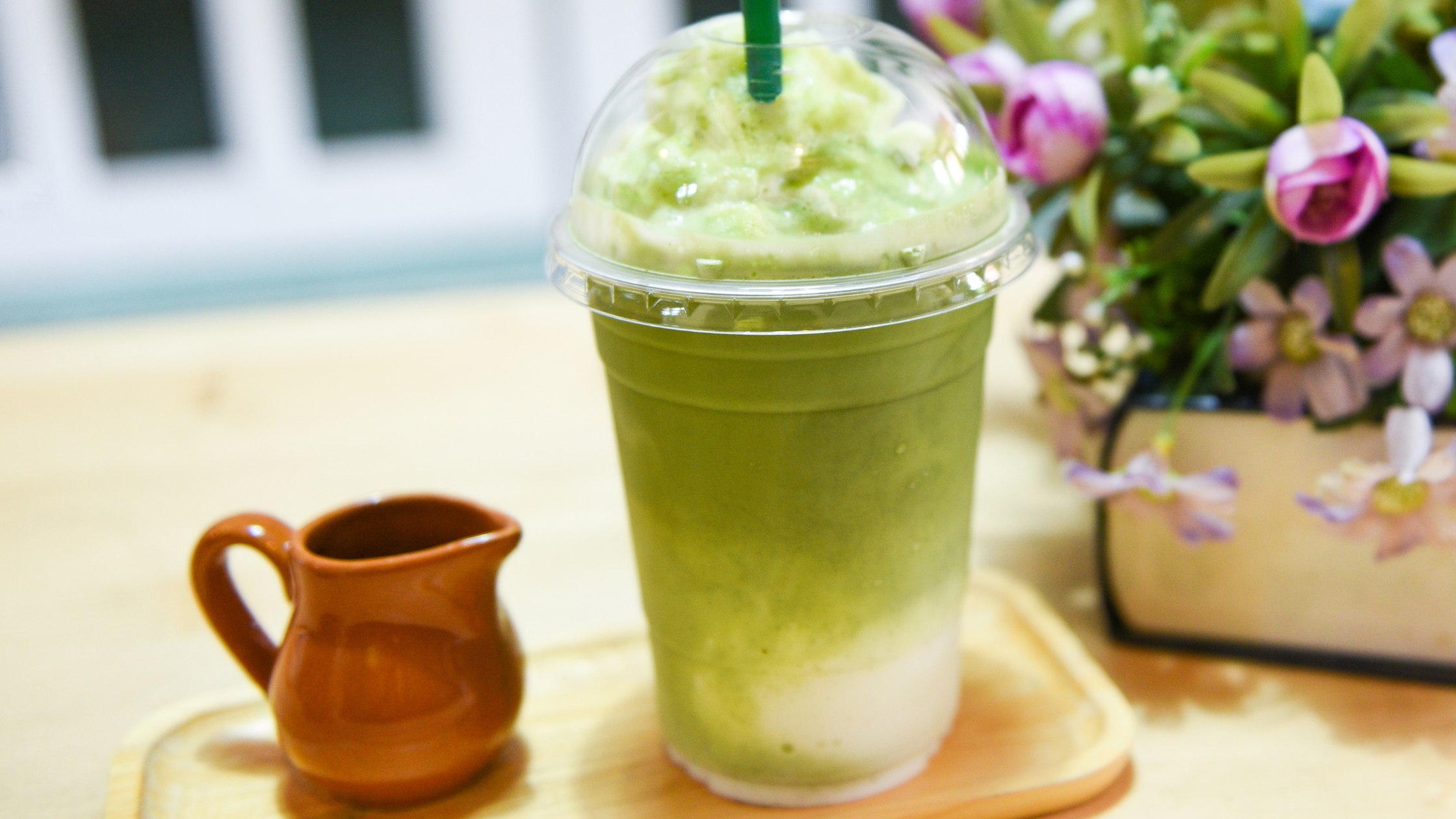Matcha is a finely ground green tea powder known for its vibrant color and rich antioxidants.
Its popularity is soaring, especially in drinks like the Matcha Green Tea Frappuccino, a Starbucks favorite.
With its creamy texture and caffeine boost, it’s no surprise that people love it.
But why pay the high price when you can make a simple, delicious version at home?
This blog will show you how to recreate the Starbucks Matcha Frappuccino, using just a few ingredients, for a fraction of the cost.
Let’s dive into this easy recipe!
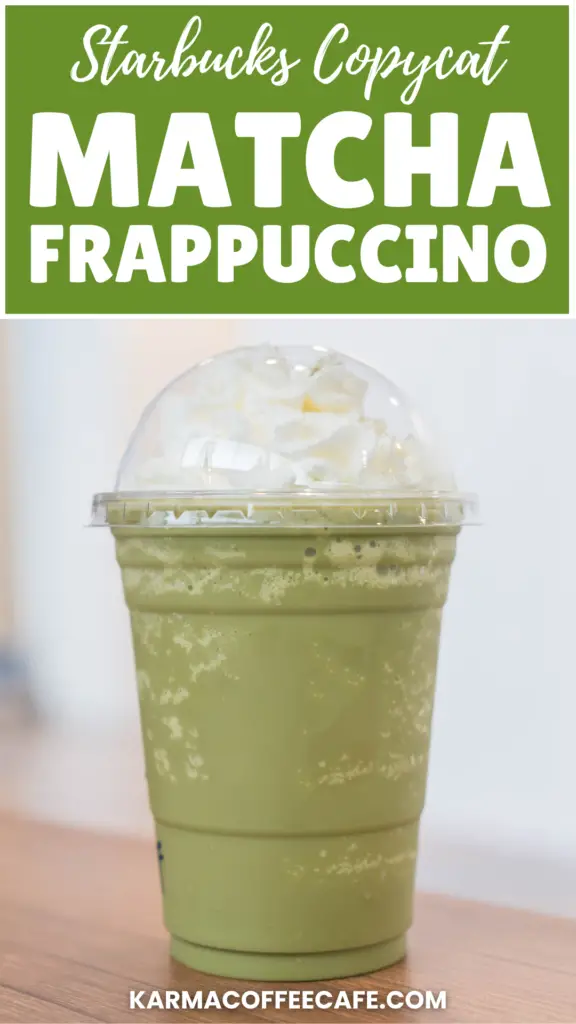
How To Make A Matcha Frappuccino: At A Glance
- Combine Ingredients: Blend matcha powder, milk, sweetener, and ice.
- Optional Additions: Add xanthan gum for a smoother texture and vanilla extract for extra flavor.
- Blend: Blend everything until smooth and creamy.
- Serve: Pour into a glass and top with whipped cream if desired.
Ready in just 5 minutes!
What is Matcha?
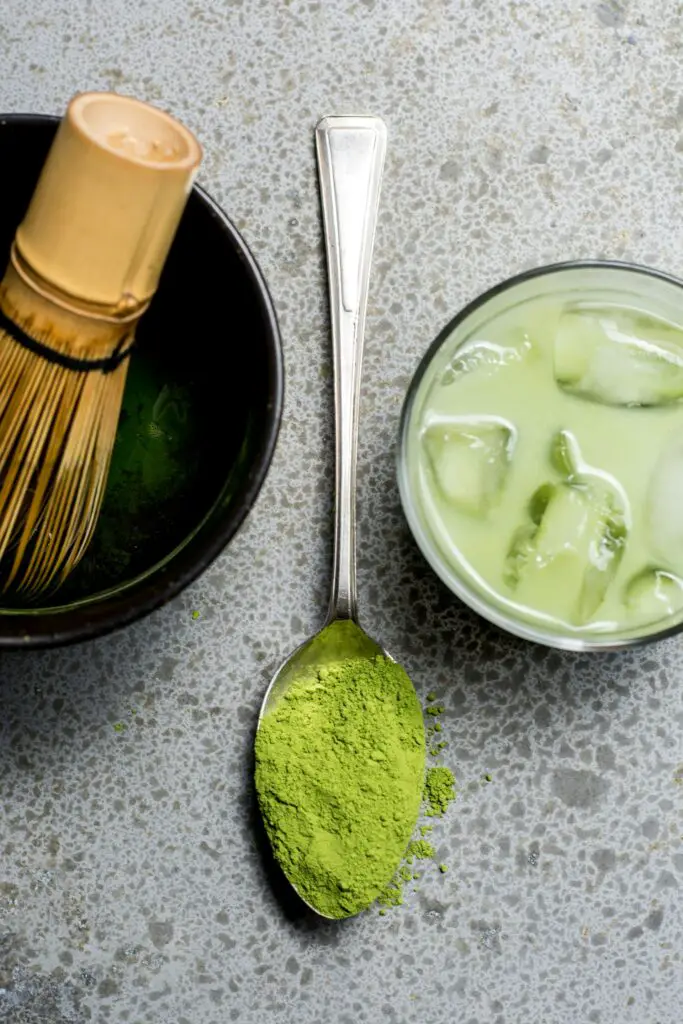
Matcha is a type of powdered green tea that originates from Japan.
It’s made by grinding specially grown green tea leaves into a fine powder.
Unlike regular green tea, where leaves are steeped in water and discarded, matcha allows you to consume the entire leaf, offering more nutrients.
There are two main grades of matcha: ceremonial and culinary.
Ceremonial grade is the highest quality, traditionally used in Japanese tea ceremonies, and is known for its smooth, delicate flavor.
While the more affordable, culinary grade has a stronger, slightly bitter taste, making it ideal for cooking or adding to recipes like a frappuccino.
One of matcha’s standout qualities is its health benefits.
It’s rich in antioxidants, which help fight cell damage and boost overall health.
It also contains L-theanine, an amino acid that promotes calmness while providing a focused energy boost, without the jitters often associated with coffee.
Additionally, matcha has a moderate amount of caffeine, giving you a steady lift throughout the day.
Starbucks Matcha Green Tea Frappuccino: A Fan Favorite
The Starbucks Matcha Green Tea Frappuccino is loved for its creamy, smooth texture and vibrant green color.
Its refreshing, slightly sweet flavor has made it a popular choice, especially for those looking for a lighter caffeine alternative to coffee.
The frappuccino combines matcha powder, milk, and sugar, blended with ice to create a perfectly chilled drink with a frothy top.
It offers a moderate caffeine boost, thanks to the matcha, making it a great pick-me-up without the intensity of a traditional coffee-based beverage.
The typical Starbucks version includes matcha powder blended with milk and ice, then sweetened with sugar or syrups.
Optional toppings like whipped cream are often added for extra indulgence.
A key ingredient that sets the Starbucks frappuccino apart is xanthan gum.
This thickening agent helps create the signature creamy consistency, preventing the drink from separating after blending.
It ensures that each sip is smooth and satisfying, mimicking the texture of a professionally made frappuccino.
Key Ingredients Needed For This Recipe

Matcha Powder
For the best homemade Matcha Green Tea Frappuccino, it’s recommended to use premium-grade matcha.
This type of matcha has a vibrant green color and a smoother, less bitter taste, making it ideal for drinks like frappuccinos.
If you’re on a budget, culinary-grade matcha is a more affordable option but tends to be stronger and slightly bitter.
Both grades will work, but the overall flavor will vary based on the quality of matcha used.
Milk Choices
The type of milk you use plays a big role in the texture and taste of your frappuccino.
Whole milk is the go-to for a rich and creamy consistency, similar to Starbucks’ version.
If you’re looking for a dairy-free option, almond milk is a popular alternative that gives a slightly nutty flavor, though it may result in a thinner texture.
Oat milk is another great option, offering creaminess without dairy, making it perfect for vegan versions of this drink.
Sweeteners
There are several sweetener options you can use, depending on your taste preference.
Granulated sugar is the most common choice, providing the classic sweetness found in the Starbucks version.
For a healthier option, you can substitute sugar with honey, agave syrup, or even vanilla syrup for a deeper flavor.
You can easily adjust the sweetness level to your liking, adding more or less sweetener as needed.
Ice
Ice is crucial for achieving that frothy, blended texture.
Regular ice cubes work well, but if you want an extra creamy frappuccino, try using milk ice cubes instead.
Simply freeze milk into ice cubes beforehand, and blend them with the other ingredients for a thicker, creamier consistency.
Optional Additions
To enhance the flavor of your homemade frappuccino, consider adding a splash of vanilla extract for a subtle sweetness.
For a more indulgent treat, top your drink with whipped cream.
And as mentioned earlier, if you want to recreate the Starbucks texture more closely, you can also add a small amount of xanthan gum.
This ingredient helps thicken the frappuccino and prevents it from separating, giving it that signature smoothness with each sip.
Recipe: How to Make a Matcha Frappuccino at Home
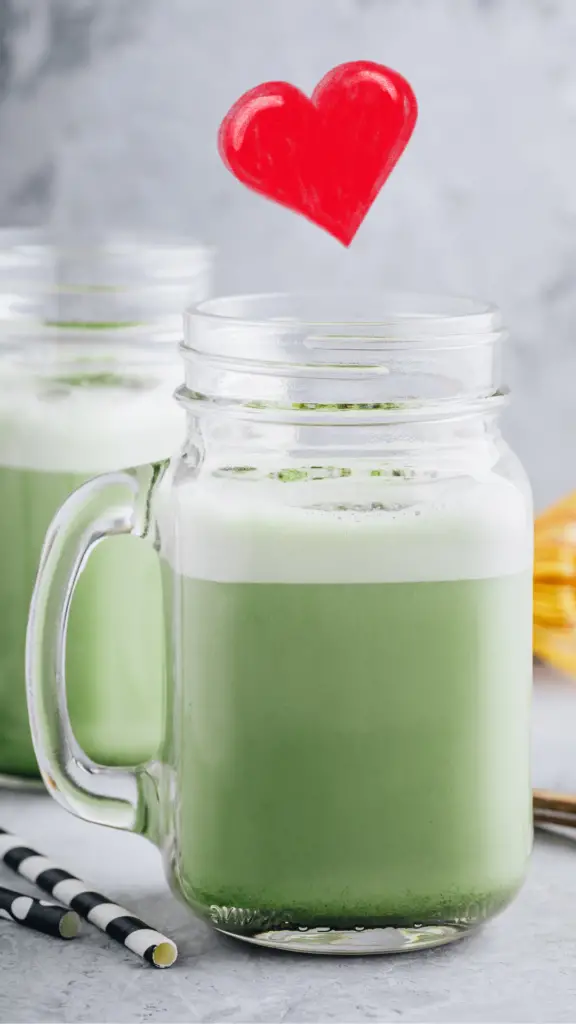
Making a Matcha Green Tea Frappuccino at home is quick and simple, requiring only a few ingredients and about 5 minutes of your time.
Here’s a step-by-step guide to help you recreate this refreshing drink:
- Add Ingredients to Blender: Combine 1-2 teaspoons of matcha powder, 1 cup of milk (or a dairy-free alternative), 1-2 tablespoons of sweetener (sugar, honey, or syrup), and 1½ cups of ice cubes in a blender.
- Optional Additions: For an extra smooth texture, add ¼ teaspoon of xanthan gum before blending. You can also add ¼ teaspoon of vanilla extract for a touch of flavor.
- Blend Until Smooth: Blend the ingredients on high for 30-60 seconds, or until the ice is fully crushed and the mixture is smooth and creamy.
- Serve: Pour the frappuccino into a glass, and top with whipped cream if desired.
Nutritional Information
A standard serving of homemade Matcha Green Tea Frappuccino (approximately 16 oz) typically contains the following:
- Calories: 250-300, depending on the milk and sweetener used.
- Sugar: 20-30 grams, depending on the sweetener and amount added. Using alternatives like stevia can significantly reduce this.
- Caffeine: Around 70 mg, based on 1-2 teaspoons of matcha powder. This varies with the brand and grade of matcha.
- Fat: 5-10 grams, depending on the type of milk (whole milk will have more, while almond milk will have less).
- Protein: 4-6 grams, depending on the milk.
In comparison, a 16 oz Starbucks Matcha Green Tea Frappuccino contains approximately:
- Calories: 420 calories.
- Sugar: 61 grams.
- Caffeine: 70 mg.
- Fat: 16 grams.
- Protein: 5 grams.
Customization Tips
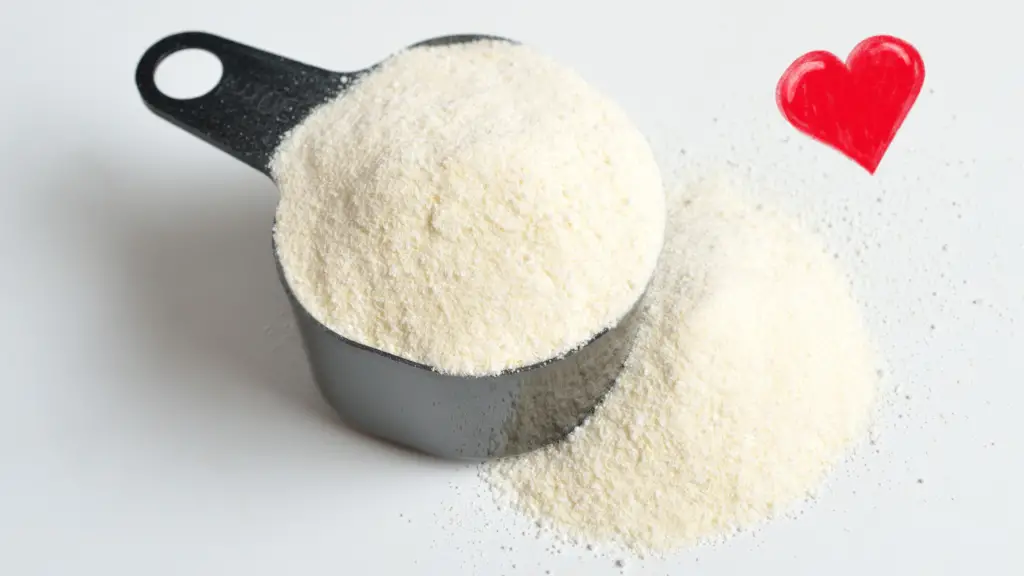
For a thicker, more indulgent frappuccino, adding ¼ teaspoon of xanthan gum can significantly improve the texture, making it creamier and preventing separation.
If you prefer a dessert-like drink, try blending in a scoop of frozen yogurt or vanilla ice cream.
This will give the frappuccino an even thicker, milkshake-like consistency, perfect for a treat.
If you want to experiment with different flavors, consider adding syrups like caramel, vanilla, or hazelnut to give your frappuccino a Starbucks-style twist.
You can also try adding a drizzle of chocolate or even a scoop of flavored protein powder to customize the taste to your liking.
Finally, if you’re looking to cut back on sugar, you can easily replace regular sweeteners with natural alternatives.
Stevia and monk fruit are great low-calorie sweeteners that still provide sweetness without the added sugar.
Why Make It at Home?

Cost-Effectiveness
Making a Matcha Green Tea Frappuccino at home is significantly cheaper than buying one at Starbucks.
A typical Starbucks Matcha Frappuccino can cost around $5-$6 for a 16 oz serving.
In contrast, making it at home using matcha powder, milk, and sweetener costs only a fraction of that.
A 30g tin of matcha, which can make several servings, costs around $10-$15, and the other ingredients like milk, sugar, and ice are inexpensive.
Over time, making your own saves a substantial amount of money, especially if you drink it regularly.
Customization
One of the biggest benefits of making your own frappuccino is the ability to customize it exactly to your taste.
You can control the sweetness by adjusting the amount or type of sweetener, choose your preferred milk (dairy or plant-based), and even experiment with flavors by adding syrups like vanilla or caramel.
Healthier
When you make a Matcha Frappuccino at home, you have full control over the ingredients.
This means you can avoid the high sugar content and artificial syrups often found in store-bought versions.
As mentioned earlier, you can use natural sweeteners like honey or stevia and opt for plant-based milk for a lighter, vegan version.
Conclusion
Making a Matcha Green Tea Frappuccino at home is quick, easy, and cost-effective.
You can tailor it to your taste, control the sweetness, and choose healthier ingredients.
Plus, experimenting with different flavors and textures makes it even more fun.
Give it a try, and feel free to share your own custom creations in the comments!
FAQs
How much caffeine is in a matcha frappuccino?
A typical Matcha Green Tea Frappuccino contains around 70 mg of caffeine per serving, which comes from the matcha powder.
The exact amount may vary depending on how much matcha you use.
Can I make it without xanthan gum?
Yes, you can skip the xanthan gum.
It helps thicken the frappuccino and prevent separation, but it’s optional.
Without it, the drink may be slightly less smooth, but still delicious.
What’s the difference between matcha and green tea?
Matcha is a powdered form of green tea made from ground tea leaves, allowing you to consume the entire leaf.
Green tea, on the other hand, is typically steeped, and the leaves are discarded after brewing.
Matcha has a more concentrated flavor and more caffeine compared to regular green tea.
How do I store leftover frappuccino?
It’s best to enjoy a frappuccino fresh after making it.
The texture changes if stored in the fridge or freezer, and the ice may melt, making it watery.
For the best experience, drink it immediately.


